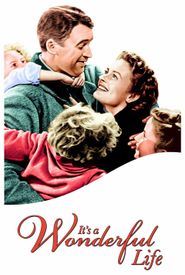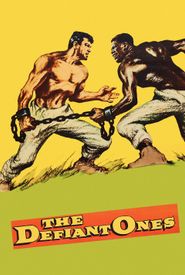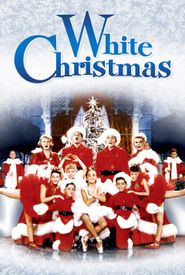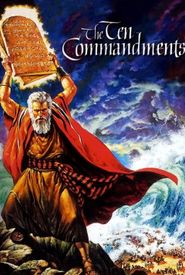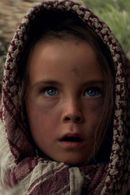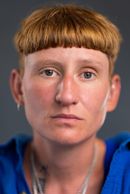Carl Switzer, also known as Alfalfa, was an American child actor, singer, dog breeder, and hunting guide from Paris, Illinois. He was born in 1927 to George Frederick "Fred" Switzer and Gladys Carrie Shanks. Switzer was the youngest of four children, including his older brother Harold Switzer, who was also a child actor.
In the early 1930s, the Switzer brothers gained local fame in their hometown for their music performances. In 1934, the family traveled to California, where they visited the Hal Roach Studios and gave an impromptu performance in the Our Gang Café. This led to contracts for the brothers to appear in the film series "Our Gang," which featured a large group of child actors.
Switzer made his film debut in the "Our Gang" short film "Beginner's Luck" in 1935, performing as the "Arizona Nightingale." By the end of the year, Alfalfa had become one of the series' main characters. His brother Harold was relegated to performing background characters in the series. In 1937, Switzer surpassed George McFarland in popularity.
Switzer's performances in "Our Gang" ended in 1940, and he went on to appear in various films, including "I Love You Again," "Barnyard Follies," "Reg'lar Fellers," "Henry and Dizzy," "There's One Born Every Minute," "Johnny Doughboy," "The Human Comedy," "Going My Way," and "Courage of Lassie." He also had leading roles in the films "Gas House Kids" and its sequels.
In the 1950s, Switzer had a few significant supporting roles in films, including "Island in the Sky," "The High and the Mighty," and "Track of the Cat." He also had several appearances in television, serving as a recurring guest star in "The Roy Rogers Show."
Switzer's film career was not particularly lucrative during his adult years, and he supplemented his income by breeding and training hunting dogs and serving as a guide to hunting expeditions. He was married to Diantha "Dian" Collingwood, the heiress of the company Collingwood Grain, and had a son, Justin Lance Collingwood Switzer.
In 1958, Switzer was arrested for cutting trees in the Sequoia National Forest without permission. He was sentenced to pay a fine and serve one year's probation. This left him in financial trouble for the last month of his life.
In January 1959, Switzer was hired to train a hunting dog by Moses Samuel "Bud" Stiltz. When the dog ran off to chase a bear, Stiltz demanded that Switzer relocate the dog or pay him the equivalent of the dog's value. Switzer placed a reward for the relocation of the dog, which pushed him further into poverty.
On January 27, 1959, Switzer had an emotional conversation about his financial troubles with photographer Jack Piott. The two headed to Stiltz's home, where they got into an argument with him. According to Stiltz, Switzer pulled a knife on him, and he shot him in self-defense. However, Tom Corrigan, Stiltz's adolescent stepson, later testified that Switzer had decided to end the fight and leave empty-handed, but Stiltz shot him anyway.
Switzer died at the age of 31 due to massive internal bleeding caused by the gunshot wound. He was buried in the Hollywood Forever Cemetery, with a gravestone depicting the image of a hunting dog.

